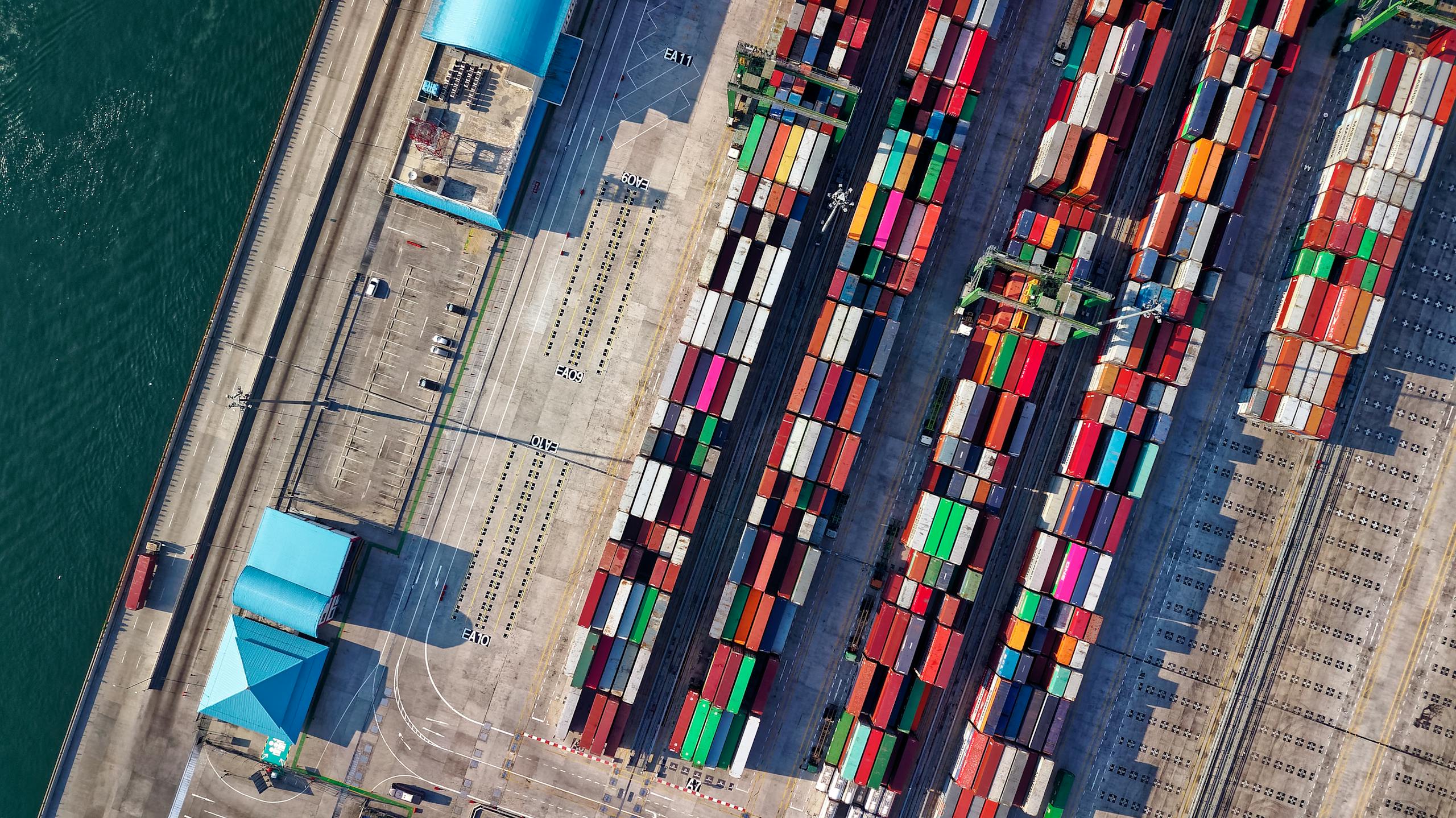The U.S. administration has announced plans to implement a 25% tariff on imported medical technologies (MedTech), pharmaceuticals, and automobiles, set to take effect today, April 2, 2025. This significant policy shift will undoubtedly impact the MedTech industry, requiring companies to adapt their strategies to mitigate the financial burden. Considering recent political instability, it’s crucial to reassess and optimize your supply chain and manufacturing processes.
At RQM+, we understand the complexities and challenges that come with such regulatory changes. With a collective 50 years of direct FDA experience and 20 years combined notified body experience, our team is here to provide regulatory guidance and strategic advisory to help you navigate this tariff storm effectively.
Protect Your Margins
In response to the increased tariffs, RQM+ offers optimized regulatory and supply chain strategies to protect your margins. Here are three potential actions you might consider:
- Bring Manufacturing into the U.S.
- Transfer Process: Moving manufacturing from overseas locations to the U.S. can be a significant process unless a duplicate process is already in place at a U.S. facility. If a qualified line exists in the U.S. and we are looking to expand the line, there may be an opportunity to move faster, but savings might be limited or the increased costs even higher than the tariffs.
- New Manufacturing Capability: Setting up a new manufacturing capability with full setup and qualification of a new line is a longer-term strategy and may take 1-2 years. In addition to the infrastructure costs, the increased production cost may offset any benefit of avoiding the tariff in the short-term, which would require additional due diligence to justify the cost of the move.
- Transfer Process: Moving manufacturing from overseas locations to the U.S. can be a significant process unless a duplicate process is already in place at a U.S. facility. If a qualified line exists in the U.S. and we are looking to expand the line, there may be an opportunity to move faster, but savings might be limited or the increased costs even higher than the tariffs.
- Optimize Supply Chain for Non-U.S. Distribution
- Final Packaging and Release: If products are manufactured in a low-cost country (LCC) and shipped to a U.S. site for final packaging and release, it may be practical to set up the site for product release and ship directly to non-U.S. distribution points without entering the U.S. and being subject to potential tariffs.
- Certification Process: If the site is set up as a manufacturer, qualifying a release process may be accomplished in 3-6 months. If the non-U.S. manufacturing site is not registered and certified as a medical device manufacturer, the certification process can be extensive and costly (6-18 months), factors that need to be evaluated if considering a longer-term strategy.
- Final Packaging and Release: If products are manufactured in a low-cost country (LCC) and shipped to a U.S. site for final packaging and release, it may be practical to set up the site for product release and ship directly to non-U.S. distribution points without entering the U.S. and being subject to potential tariffs.
- Local Supplier Selection and Qualification
- Local Production Benefits: Selecting and qualifying local suppliers to manufacture parts for assembly in a U.S. production facility may bring additional benefits, such as tighter control of the supplier and shorter, more stable supply chains. A local supply chain may reduce the time needed to implement future changes to a few months, compared to those typical with LCC supply chains of 6-12 months, allowing for reduced scrap costs and improved supplier controls throughout the change process.
- Rapid Implementation: For smaller companies with limited in-house manufacturing capacity, moving from a supplier in China or another LCC to one nearby may bring advantages that allow for faster responsiveness to customer needs that offset some of the cost considerations
- Local Production Benefits: Selecting and qualifying local suppliers to manufacture parts for assembly in a U.S. production facility may bring additional benefits, such as tighter control of the supplier and shorter, more stable supply chains. A local supply chain may reduce the time needed to implement future changes to a few months, compared to those typical with LCC supply chains of 6-12 months, allowing for reduced scrap costs and improved supplier controls throughout the change process.
Leveraging RQM+ FDA Experience
Given the uncertainty, MedTech companies need trusted partners with deep regulatory expertise to help them navigate evolving approval processes. RQM+ has former FDA experts who have worked inside the agency and understand how regulatory decisions are made. Our team of ex-FDA professionals helps anticipate potential roadblocks and ensures regulatory strategies are aligned with evolving expectations.
Looking for additional insights from RQM+ subject matter experts? Check out a recent LinkedIn article by VP, Global Regulatory Affairs, Dr. Jaishankar Kutty, MedTech Tariffs: A Strategic Guide for an Industry Under Siege.
Contact Us
Need help navigating these new tariffs? Contact us today. Our friendly team at RQM+ is ready to assist you in addressing market uncertainty and ensuring your MedTech products remain competitive. We’re here to make your MedTech happen!
